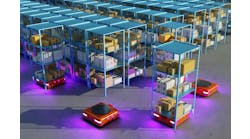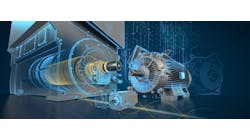Addressing the first item should remedy the second, which should remedy the third item. If this logic is valid, my book, The Application of Variable-Speed Drives: Principles and Applications for Energy Cost Savings, ISA Press, should have mitigated these issues long ago.
However, VFD technology does not fit well into existing installations—physically or organizationally. VFDs are generally bigger than the starters they replace, so they typically can't fit into the existing motor control center (MCC) buckets. Often VFDs can't be installed without major rearrangement of electrical equipment and (sometimes) building additions. In addition, compatibility with an existing MCC often requires the user to purchase VFDs from the MCC supplier—precluding all other VFD suppliers.
Whereas one individual typically has responsibility for the purchase of, say, a control valve, applying VFDs in the process industries is a multi-disciplinary effort that can involve the instrumentation, electrical, piping, utility and process engineering disciplines. In practice, no one discipline is solely responsible, so VFDs tend not to be applied.
On the other hand, new installations typically do not have physical fit problems, so they can be engineered to achieve significant benefits when a multi-disciplinary approach to appropriately apply VFDs is taken.

Leaders relevant to this article:



